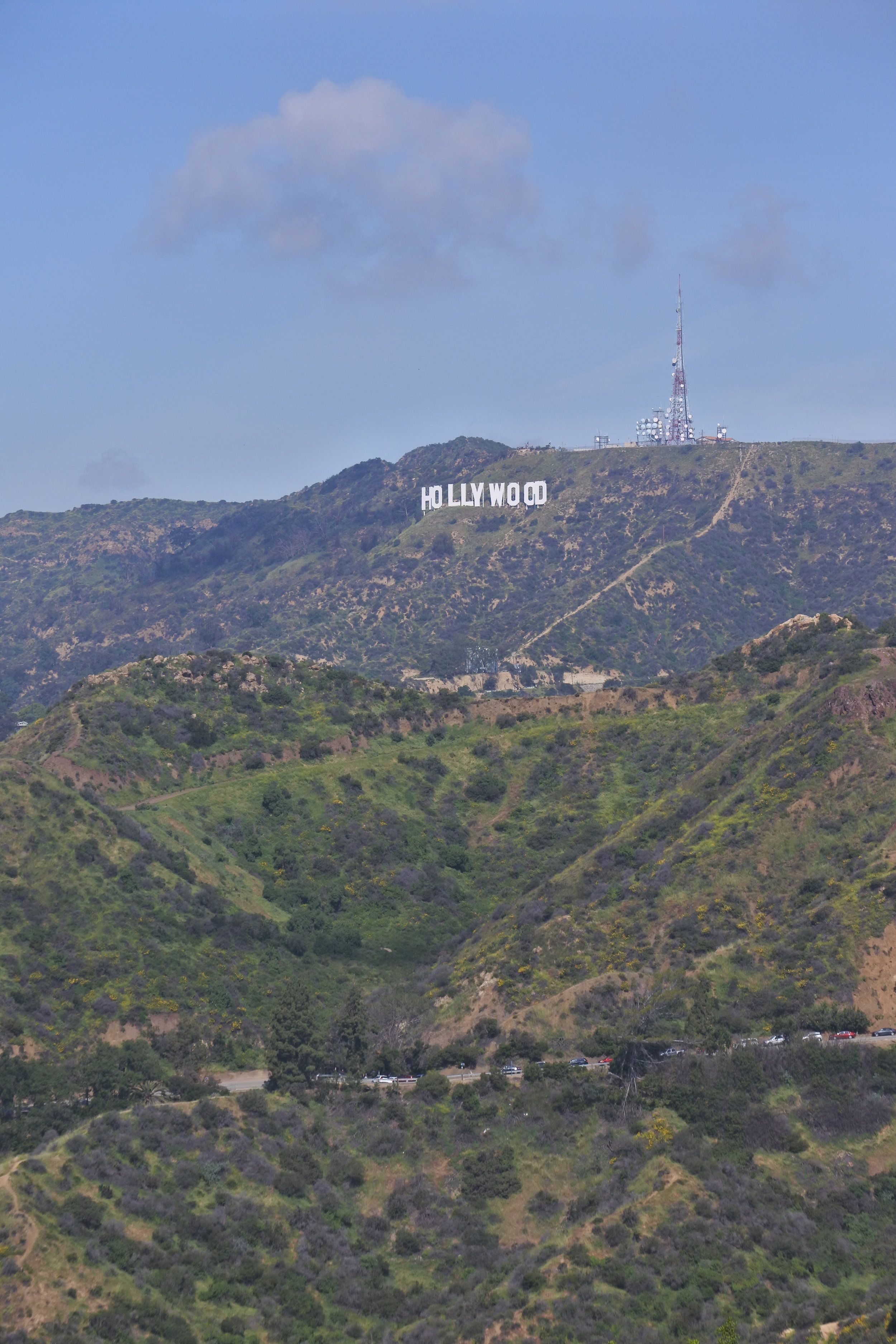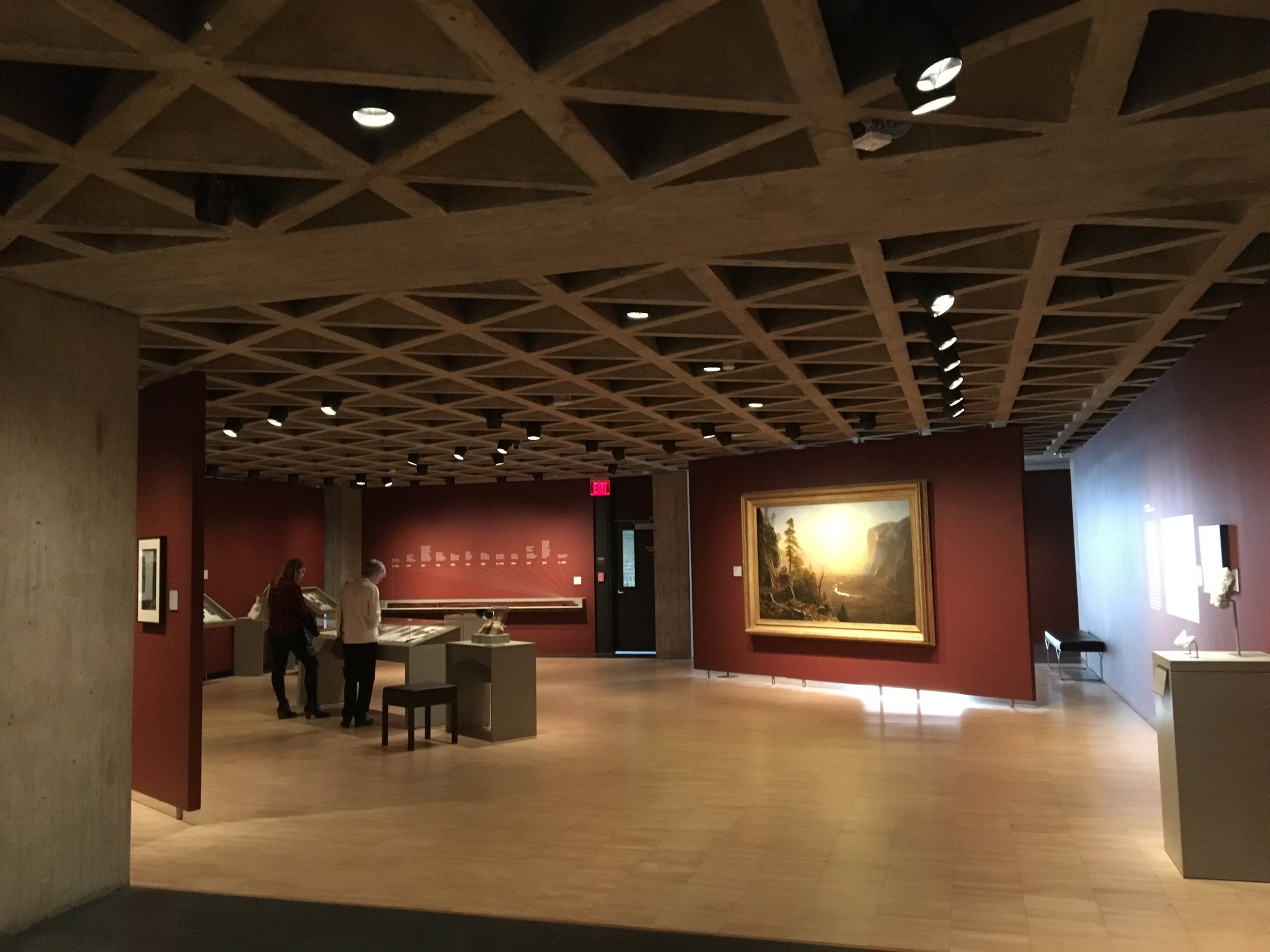Project Updates, M. Gerwing Architects
As the summer comes to a close, we have a number of great project under construction in Boulder.
We are well under way with the tricky excavation below a 100-year old house on West Arapahoe. We will be placing the old brick house on a new concrete foundation and then constructing a new addition to the recently Landmarked property.
Framing is just starting on two projects in South Boulder. Above, a new second-story addition and two tower-like smaller additions are going to be added to a classic, 1960s ranch house, maintaining its mid-century form and subtle brick coursing.
Also in early framing is this house, below, alongside Martin Park in South Boulder. A large, traditional gable-front addition will more than double the size of the existing house and compliment its prominent corner location.
Finally, our carefully crafted large addition on Vassar Drive is coming to a close. The rails and stairs are being installed and final painting and details are being executed in anticipation of our client's move-in. This project has been a great collaboration between ourselves and the clients and we are really looking forward to seeing the house occupied and used as we have been dreaming of and working toward for many months.































